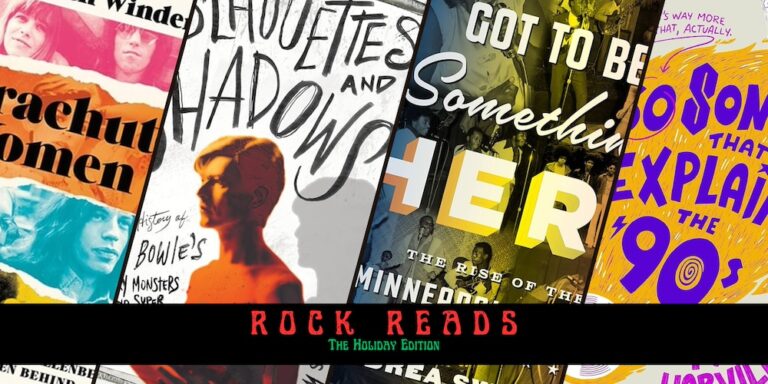Looking for a celebration of music in words to stuff the stockings of the rock fan in your life?
Lou Reed – The King of New York – Will Hermes (2023)
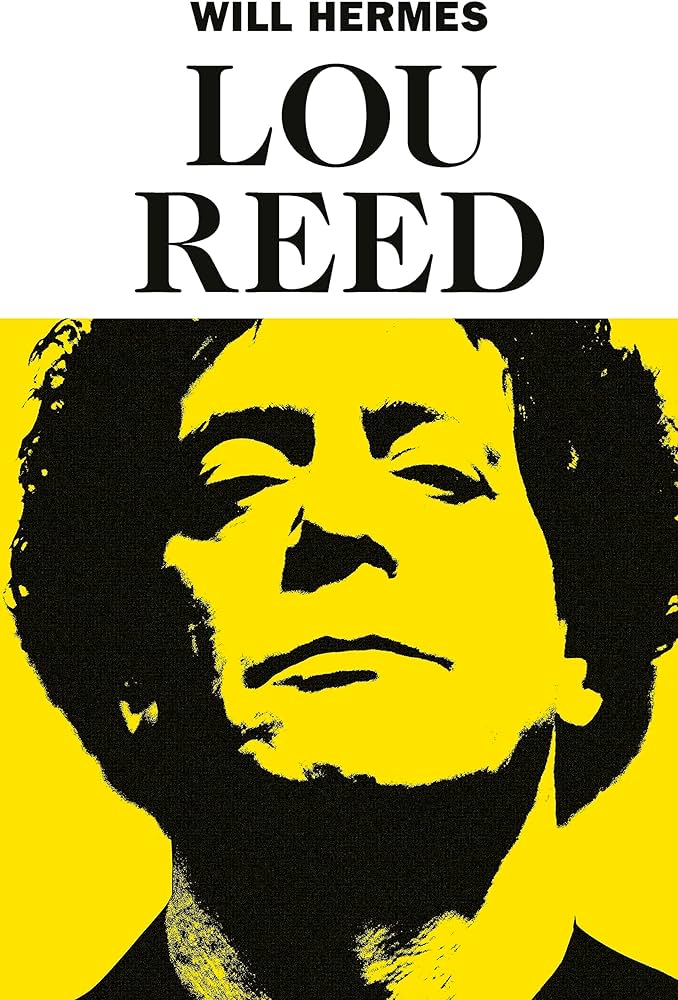
For my money, Will Hermes penned one of the finest books written about music, Love Goes to Buildings on Fire, which I reviewed here in 2012, and by far the finest one on New York’s rich late seventies influence on modern popular music. So, it makes sense he would tackle the oracle of New York in Lou Reed, and as imagined, he hit it out of the park.
First off, full disclosure, I knew Hermes had been working on this book for a while. Years ago, he’d reached out for contacts of insiders I had interviewed that dovetailed with Reed’s studio history, so from that point on I was busting to read this. Hermes ability to mine research and bring interviews to life is unparalleled, but what makes Lou Reed – The King of New York sing is his ability to describe and deconstruct Reed’s eclectic artistry, his mercurial nature, and his surly, spastic, intensely passionate life within and beyond the music.
Having written my own book on a difficult subject in Warren Zevon, my heart goes out to Hermes, who agilely tightropes very delicate subjects here, from mental illness, drug addiction, sexual identity, domestic violence, art versus commerce, and music business ugliness that found Reed at every turn. His work on the Velvet Underground period is a completist’s dream, as many nuggets are uncovered and still many others explained – including wonderfully painful but insightful commentary from the band’s drummer, Moe Tucker. It is within the solo years that much of what Reed did in addition to his music – interest in film, painting, his foray into poetry and theater – along with his forgotten but seminal tours are portrayed and analyzed. Reed’s music – his hits and misses – leap from the page and profoundly illustrate what made him a great, as well as oft-misunderstood, celebrated, harangued, and imitated artist.
Lou Reed – The King of New York may be the final word on Reed’s life (and the final weeks before his death) as it is a biography that reads as dangerously close to the bone as its subject investigated in his best work.
Scattershot – Life, Music, Elton & Me – Bernie Taupin (2023)
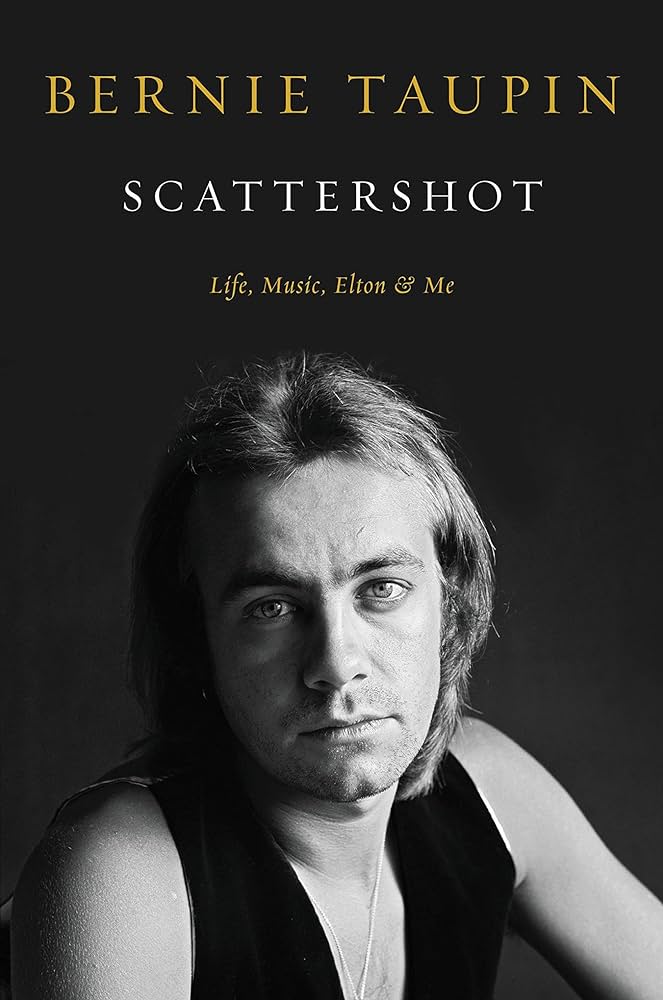
More than anyone in my youth, Bernie Taupin’s lyrics for Elton John’s brilliant run in the 1970s made me want to be a writer. The evocative expressions, three-dimensional characters, and conflicted stories covering the gamut of tragedy to comedy was a masterclass for an impressionable mind. It led me to want to discover more songs and artists that tread similar paths, so when I’d heard Taupin had a memoir in the works, I was more than excited.
Scattershot is not merely a memoir. In fact, it is less about Taupin as lyricist, co-songwriter, silent talent behind the pop throne, and more about his exploits navigating a strive for fame and his incredible run achieving and enduring it. The book details the ups and downs through his experiences in love and loss, laughter and tears, the exquisite fun of excess into terrible bouts with drugs, alcohol, lost loves, and, finally, survival and redemption.
At first, this disappointed me. I wanted to know more “behind the songs” stuff – you know, the process and craft that I am sure no one else would care to read (hence Scattershot). However, Taupin does provide (between all the hijinks and adventures in L.A., England, France, Mexico, the Caribbean, etc.) the odd bauble. Like, um, there is a fourth verse to “Daniel” that explains the whole thing? But then I realized, the real-life encounters, exotic locales, and hard-to-believe unfolding dramas reflect much of what made me love Bernie in the first place: his writing. The man is an observer, a social reporter of the mind and emotions of the human condition. He places these experiences, these outsized personalities inside his songs.
Scattershot is aptly named as he finds a center in a whirlwind life and beautifully describes each layer. And that is the true payoff of this book – it is as stunningly written as a fan of his songwriting would hope. Funny. Sad. Insightful. A lasting memory of his travels within and without.
Parachute Women – Marianne Faithful, Marsha Hunt, Bianca Jagger Anita Pallenberg, and the Women Behind the Rolling Stones – Elizabeth Winder (2023)
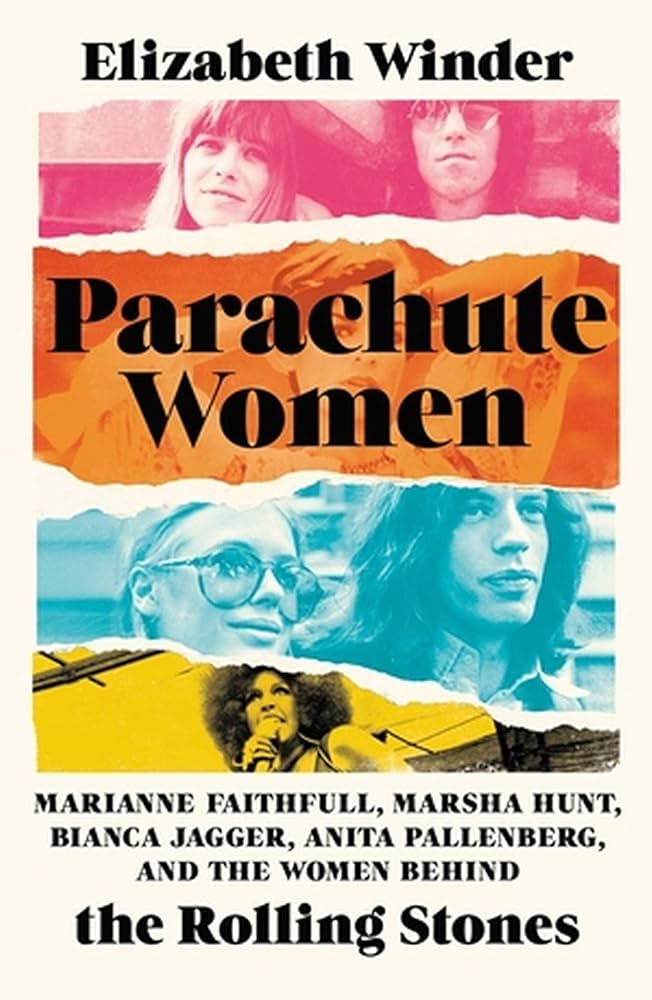
First and foremost, Parachute Women is a gorgeously written work; every paragraph brims with boldly worded visual descriptions of hippy fashion, psychedelic comportment, and underground psychological expression with pure rock and roll spirit. Author Elizabeth Winder’s wonderfully evocative travelog through the hoary subculture and glitzy celebrity romps of the long-haired, drug-addled nouveau riche and the 1960s into the seventies youth movements simultaneously flips its macho machinations on its head. This is a story of not the women behind the Rolling Stones in their most prolific and powerfully influential period, but leaders in their behavior, brand, and image.
Parachute Women is a revelation to those of us, namely me, who have been fed a filtered version of these well-worn tales over the years – even if powerful female figures like the enigmatic train-wreck sexual firebrand of Anita Pallenberg bursts from previous volumes on the band’s history. The author deftly eschews rehashing the usual stories of drug busts and bad-boy behavior to recast previously celebrated rebel figures of Keith Richards and Mick Jagger as cultural neophytes groping for radical fulcrums for which to build their outlaw bona fides.
Pallenberg rightly gets top billing as she radically altered the Stones paradigm while bedding three of its key members, introducing drugs, fashion, and a worldly witchy countenance to their otherwise middle-class attitudes, which Winder reminds us never really faded throughout their reign as “the greatest rock and roll band in the world.” Although, it is in the fragile yet indefatigable Marianne Faithful that the strands of this tale find its pathos. She gets a fair review as a genuine alter ego of Jagger in their “it couple” period bounding around Swinging London, in which her impish teenage freestyling reflects badly on the posturing of her ego-driven man.
This is a must read for those of us who gorge on Rolling Stones ephemera with a true exploration of strong women who endured their oppressive if not brilliantly devised ascent as a major force in rock’s firmament.
Silhouettes and Shadows: The Secret History of David Bowie’s Scary Monsters (and Super Creeps) – Adam Steiner (2023)
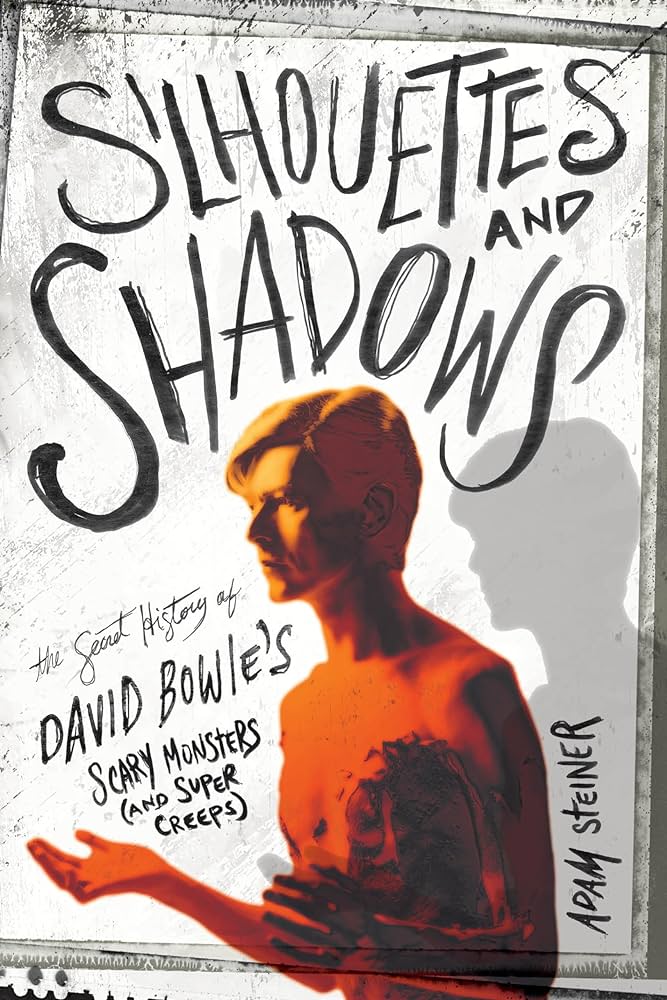
Secret history? Sign me up. Silhouettes and Shadows: The Secret History of David Bowie’s Scary Monsters (and Super Creeps) delivers. Adam Steiner provides historical, political, sexual, and cultural context to one of David Bowie’s most underrated and forgotten albums. Crammed between his experimental Berlin triptych (“Heroes,” Low, Station to Station) and his pop sensation coming out (Sell out?), Let’s Dance, Scary Monsters is Bowie’s grand pivot, the gift to and harangue of the emerging New Romantics period he had helped create and influence like no other.
Entering the 1980s out of his most prolific and shape-shifting era of the 1970s, Bowie is on-point in his lyrical and aural commentary, as Steiner illustrates with each track – the concept of hyper-change, fears, and regrets of wasted youth and uncertain future bursts from every beat and note. Splitting up the author’s deeply nuanced narratives are creative, poetic companion pieces and revealing quotations that add to the uncovering mystery.
Silhouettes and Shadows stands as a needed reflection point in the growing catalog of Bowie books, especially since his death in 2016. It bridges the gaps of his many personas with a portrait of an artist in constant flux who knows where he has been and where he might go.
Got to Be Something Here: The Rise of the Minneapolis Sound – Andrea Swensson (2017)
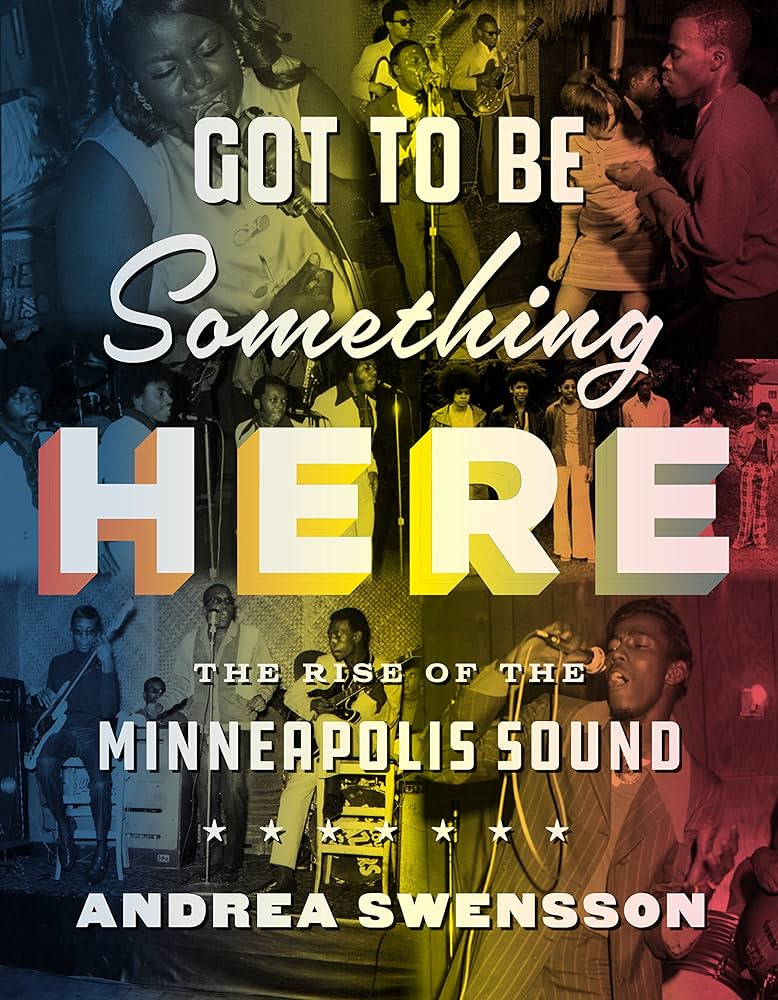
Another full disclosure: I have gotten to know author, journalist, broadcaster Andrea Swensson rather well in the past year (as I am currently writing a book about Prince and the Revolution). Andrea is one of the preeminent Prince scholars – she even spent time at Paisley Park with the man – and found time between writing liner notes for yet another Prince legacy box set to whisk me around Minneapolis this past summer touring all the most important places that created one of the great artists of the latter half of the twentieth century. But first, for me, there was Got to Be Something Here: The Rise of the Minneapolis Sound – the most important and comprehensive study of the music, culture, and import of the thriving and influential Minneapolis scene, which stakes a high place in the pantheon of popular music.
Swensson, also a music journalist, radio host, and podcaster, is a proud native of the Twin Cities and leads the reader on a similar tour through the neighborhoods, inside the clubs, and, most importantly, out on the streets of a growing American city through a long journey from jazz, blues, funk, soul, and rock. Lost figures – Black and white – bind together to form a distinctive sound and style that sets the world aflame in the 1980s, but has its deepest roots in each phase of its evolution.
However, it is in the city’s cultural history, specifically its Black and Jewish lower middle-class neighborhoods, where the true art blossomed and pulsed with revolution and extermination, fighting systemic racism, a lack of exposure, and a schizophrenic amalgam of musical aspirations clashing and inspiring a movement. Swensson sets the scenes, puts us in the middle of times that exploded myths and forged new paths.
Got to Be Something Here brims with atmosphere, and there was and is indeed something there worth exploring and celebrating.
60 Songs That Explain the ‘90s – Rob Harvilla (2023)
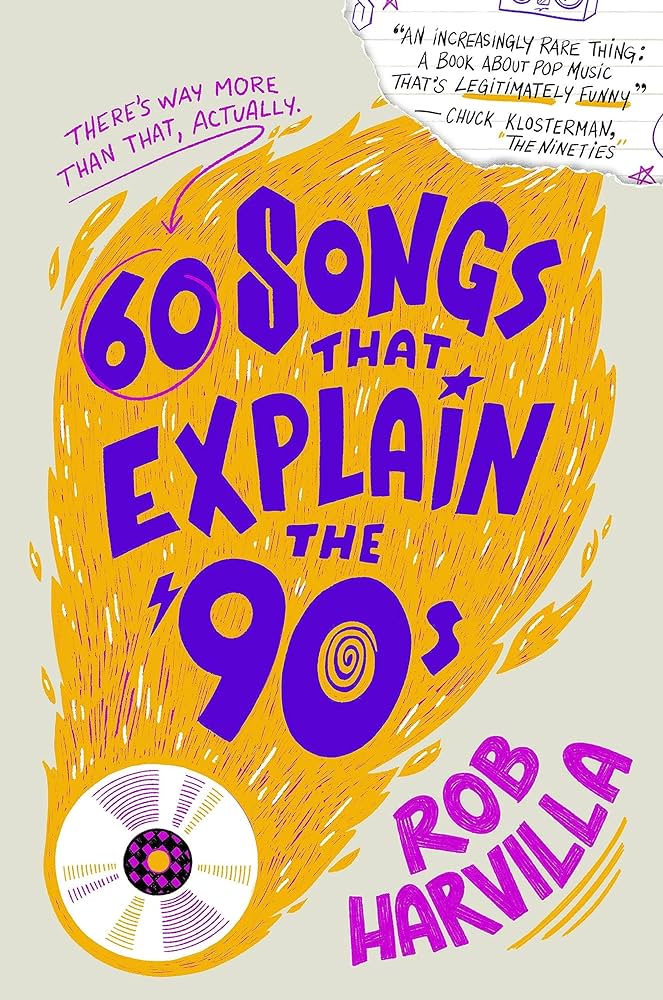
I adored this book. 60 Songs That Explain the ‘90s is – to say the very least – a comprehensive ride through the 1990s musical landscape, which the author reminds us on its cover handles commentary for the over 60 songs promised. Rob Harvilla, whose work has appeared in Spin, The Village Voice, and more recently the pop culture online zine the Ringer, pours his heart into the time that framed him as a young man, a journalist, a husband, and a dad. The joyous expression of his love and even minor disdain for the songs that defined his generation make for compelling reading. His passion for this period is infectious and recalls many of its most important musical and cultural expressions.
The book flows quickly through styles and periods, genres and images from chaos-agents to sell-outs, influential women rockers to adversaries, flukes, comebacks, myths, and more. Through each, the songs and the artists behind them come alive as Harvilla deconstructs the very essence of what made them crucial to a decade that careened from one fad to another with tongue-cheek ease.
Harvilla’s paragraphs on the imprint and import of Kurt Cobain and unabashed esteem of Céline Dion alone are worth the price of admission. These are just two of the polar aspects of the music covered in 60 Songs That Explain the ‘90s that enhance the trek with humor and pathos aplenty, for it is his voice that carries the day. You never feel as though he is not in there swinging with each comment, artist and tune. A true heart-on-the-sleeve effort that I always appreciate with this type of project.


